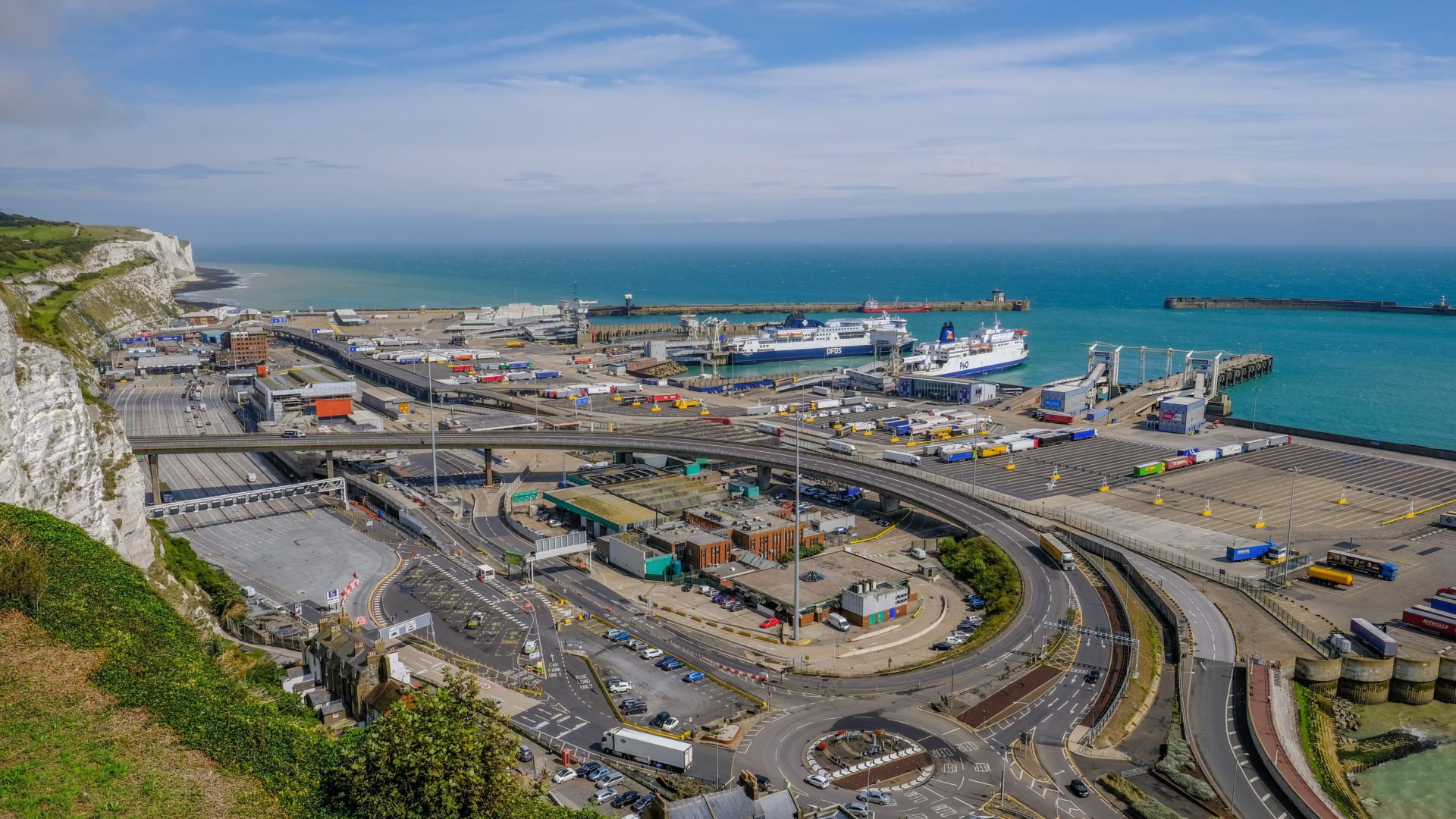The case for making real estate investments in Kent are well rehearsed. We can all point to the region’s unique strategic location, sandwiched between London, the greatest city in the world and the EU, the largest single market.
Kent is the UK’s key gateway for trade and transportation with continental Europe. It is home to the fastest connection between the UK and Europe through the Channel Tunnel and the busiest ferry port in the country, Dover. Kent’s international trade connections aren’t just with continental Europe. Thamesport, Tilbury and London Gateway are our global sea bridges to Asia, even if sometimes via Rotterdam.
Often overlooked because of our region’s legacy moniker of the ‘Garden of England,’ Kent in fact has a diverse economy with significant employment sectors such as manufacturing, logistics, agriculture, tourism, and creative industries.
Investing in research and innovation in Kent is leading to technological advancements, knowledge transfer and the development of skilled talent. In addition to supporting these innovations, Kent’s educational institutions, including our formidable Further Education network, the University of Kent, Canterbury Christ Church University and the University of Greenwich, are improving productivity through creating our skilled workforce.
To continue being the leading contributor to UK Plc, Kent needs investment in in its transportation infrastructure. We have the UK’s only high speed train service and one of the fastest growing broadband and 5G networks but we need a tertiary six lane motorway and permanent solution for coping when our strategic ports are at capacity. The M20 and M25 are marvels of modern highways engineering, but blighted when something unexpected happens at the ports or the Thames Crossing at Dartford.
Reduced congestion and improved road infrastructure will enable smoother and faster movement of goods nationally. Reducing transportation costs and enhancing trade competitiveness. This can lead to increased exports, imports, and overall trade volumes, contributing to UK wide GDP growth.
An automated lorry parking and processing facility at Dover and widening of the M2 with modernised junctions would facilitate easier access to markets, attract investment nationally and encourage businesses to establish or expand their operations in the region.
Specifically, a renaissance of the M2 would
- Unlock 10,000 new jobs to go with the 10,000 new homes Medway intend to see built on the Hoo Peninsula at junction 1 for Strood and 3 at the top of Bluebell Hill. These will be at the former Kingsnorth and Grain power stations and on another industrial estate we are working on developing with one of our Kent Developer Group partners.
- Open up the Lidsing Garden Community proposal, including 100 acres of new employment land at junction 4.
- Bring forward the long awaited Highsted Park, the game changing Kent Science Park expansion scheme and unlock currently unviable industrial land south of Sittingbourne.
- Enable the Duchy of Cornwall to build on the outskirts of Faversham at junction 6 without adding to the overburdened junction 7.
- Cut delivery times and congestion through modernising the A2 from Canterbury to Dover.
This is all without the Lower Thames Crossing mega investment. Better infrastructure delivers more business investments by employers that trade globally that leads to job creation, higher tax revenues and UK economic growth.
Making the M2 motorway six lanes is technically feasible. Of course, it will require a comprehensive assessment of engineering considerations, cost implications and traffic demand. Equally, as a parent, I never underestimate the importance of the environment too. Road expansion projects need to consider the potential environmental impact, including noise pollution, air pollution, and effects on local habitats and ecosystems.
Environmental assessments and mitigation strategies would need to be undertaken to minimise negative effects and ensure environmental regulation compliance.
Under the RIS framework, Highways England outlines its strategic objectives, investment priorities, and funding allocations for a specific five-year period. The investment horizon allows Highways England to plan and deliver a range of initiatives and projects, including major road enhancements.
It provides a structured approach to address infrastructure needs, prioritise investment and deliver long-term improvements to the road network. I think much of the required investment can be recovered through s106 agreements from the developers that are likely to benefit the most. Just as Kent did successfully for Ashford’s junction 10a, but on a grander scale.
The next RIS, known as RIS3, covers the period from 2025 to 2030. Now is the time for our politicians to influence Highways England on their vision for Kent.
The benefit of unlocking growth through investing in Kent’s infrastructure isn’t just for our region, it is for the whole country. Government can leverage our region’s strategic location, diverse economy and potential for growth to boost the UK’s GDP and deliver its levelling up agenda; Creating jobs, improving infrastructure and enhancing the region’s economic competitiveness. Investing in Kent will reduce the gap between economically prosperous areas and regions that have traditionally been left behind, fostering more inclusive growth and prosperity.
Simon Ryan is our Investment Director. He works with businesses and property developers to make Kent an even more appealing place to work and grow businesses. Click here for his contact details >>




